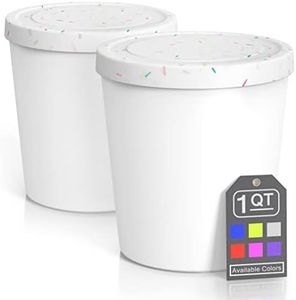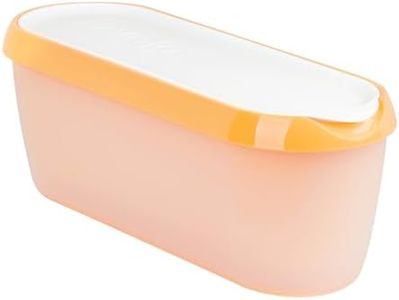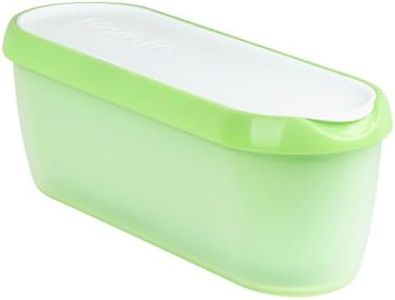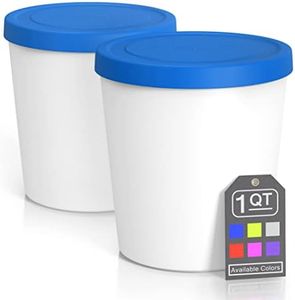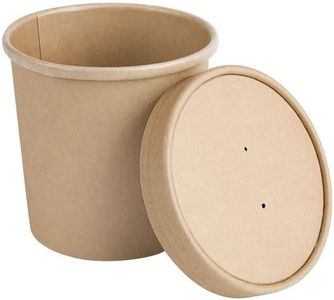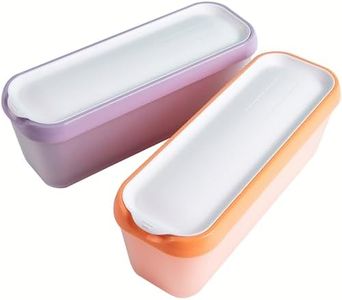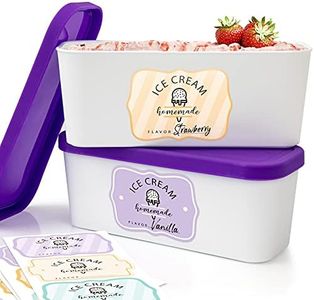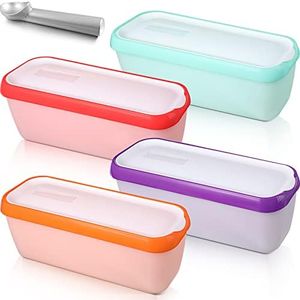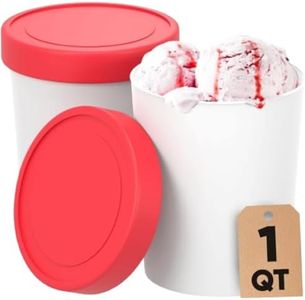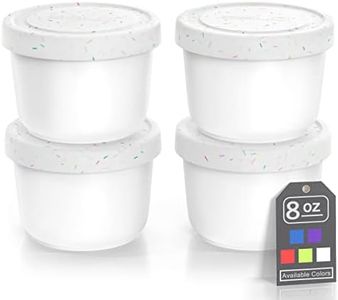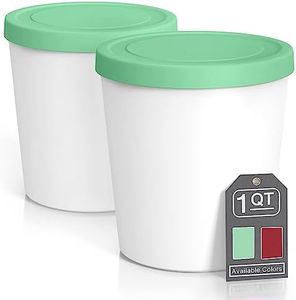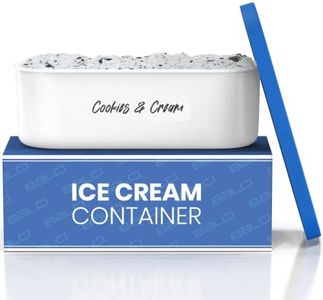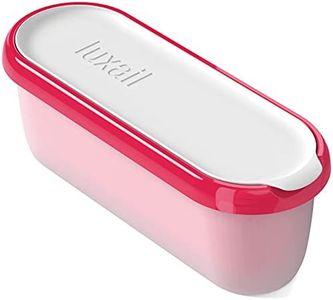We Use CookiesWe use cookies to enhance the security, performance,
functionality and for analytical and promotional activities. By continuing to browse this site you
are agreeing to our privacy policy
10 Best Ice Cream Containers
From leading brands and best sellers available on the web.Buying Guide for the Best Ice Cream Containers
Choosing the right ice cream container is important whether you’re making homemade ice cream, storing store-bought tubs, or transporting treats to share. The right container helps keep your ice cream fresh, prevents freezer burn, and makes it easier to scoop and serve. As you shop, consider how often you make or store ice cream, how much you’ll need to hold, and whether you’ll be using the container for other frozen desserts too. A good fit depends on how much ice cream you usually make, your available freezer space, and how you prefer to serve it.Size (Capacity)Size, or capacity, tells you how much ice cream a container can hold, usually measured in quarts, pints, or liters. This is important because it should match your typical batch size or storage needs. Small containers (under 1 quart) are great for personal portions or experimenting with flavors, while medium (1–2 quarts) is standard for most home recipes. Larger containers (above 2 quarts) are best for families or frequent ice cream makers. To choose the right one, think about how much ice cream you usually make at a time and how much freezer space you have available.
MaterialIce cream containers are commonly made from plastic, glass, or stainless steel. Material affects durability, ease of cleaning, and how well the container protects against freezer burn. Plastic is lightweight and often BPA-free, making it popular and practical, but may stain or retain odor over time. Glass is sturdy and doesn’t absorb flavors, good for eco-minded users, but can break if dropped. Stainless steel offers excellent insulation, keeping ice cream colder longer, and is durable, though it might be heavier. Choose a material that fits your washing, safety, and handling preferences.
Seal and Lid TightnessA secure, tight-fitting lid prevents air from getting in, which helps avoid freezer burn and keeps your ice cream fresh. Some lids are simple snap-ons, while others have silicone seals for extra airtightness. If you plan to store ice cream for a longer time or want to prevent ice crystals, a container with a well-sealed lid is best. If you finish batches quickly, a looser lid might be acceptable. Consider how often you open and close the container and whether keeping air out is a top priority.
Shape and StackabilityThe shape of the container affects storage convenience and how easy it is to scoop. Tall, narrow containers save freezer space but may make scooping harder, especially at the bottom. Wide, shallow containers allow easier scooping and spreading of ice cream but take up more shelf real estate. Some are designed for stacking, which is ideal for organizing your freezer with multiple flavors. Choose based on your freezer setup and your preferred serving style.
Ease of CleaningEasy cleaning means the container doesn’t have nooks that trap residue and can ideally be washed in the dishwasher. Smooth interiors and simple shapes are easier to clean. Dishwasher-safe containers save you time and effort, especially if you make ice cream frequently. Select a container that matches your preferred cleaning method and consider if you’re okay hand-washing pieces.
Temperature ResistanceSome materials withstand rapid temperature changes better than others without cracking or warping. This is especially important if you plan to pour warm ice cream bases into the container for freezing. Most plastics have temperature ratings, and glass might shatter if not handled correctly. Pick a container that’s rated for freezer use and can handle occasional temperature shifts if that matches your workflow.
